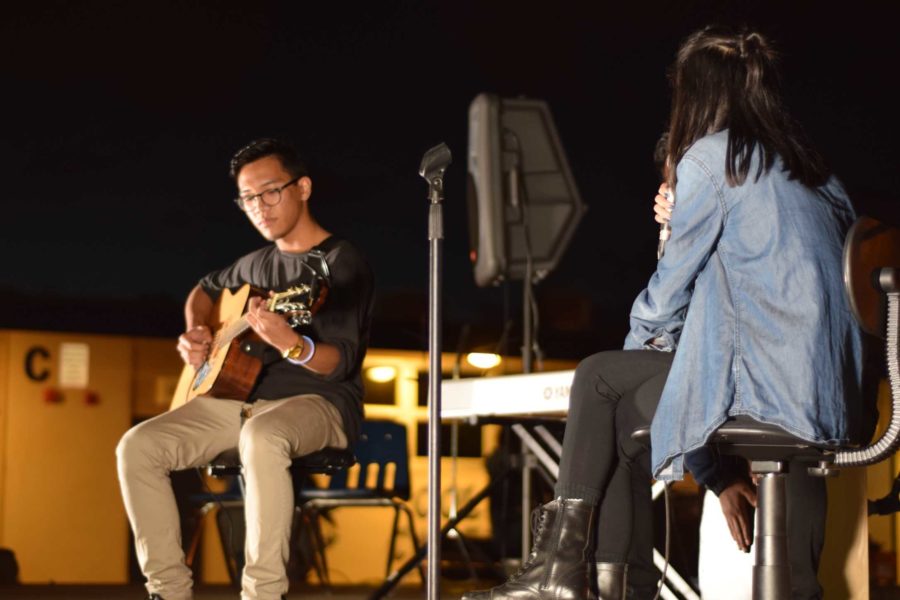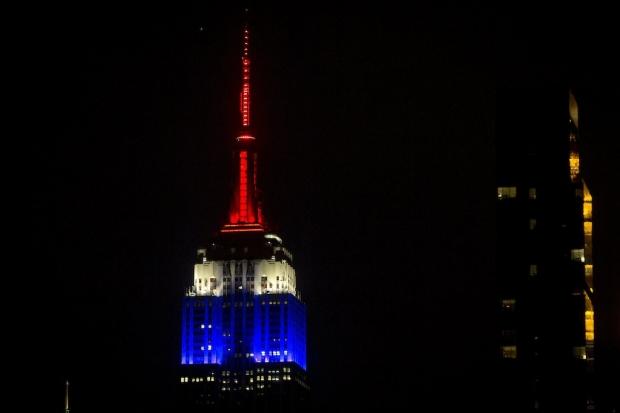Paris Attacks: A Breakdown
The Empire State building in New York, lit in the colors of the French Flag after the shooting in Paris.
A series of attacks, spanning across the entire city of Paris, left at least 129 people dead and 352 wounded on Friday, Nov. 13, 99 of whom are in critical condition.
Three teams of terrorists targeted six different locations in Paris, including a concert hall, the national stadium of France, the Stade de France, and multiple restaurants. The Islamic State of Iraq and Syria (ISIS) claimed responsibility for these massacres the day after they occurred. The attacks are said to have been planned in Syria and organized in Belgium. ISIS has reportedly stated that the attacks were a response to French airstrikes against militants in Syria.
Of the eight of the terrorists who claiming involvement, seven died in their suicide bombings of the various locations.
The Stade de France was hosting a soccer match versus Germany when bombs were first heard outside the stadium at 9:20 P.M. Three suicide bombers were prevented from entering by guards, but one casualty, in addition to the suicide bombers, was sustained. The game itself was not stopped. Security evacuated the French president, who was also attending the game.
In another attack at the Bataclan Concert Hall, attackers arrived at 9:40 P.M., armed with AK-47s. During a concert by the Californian rock band “Eagles of Death Metal”, 89 people were killed, according to CNN. At 12:20 A.M. police began assaulting the terrorists’ position, leading to three of the attackers killing themselves using their explosive suicide belts.
The terrorists allegedly used two cars, a black Seat and a black Volkswagen Polo, on Friday. Three Kalashnikov automatic rifles were discovered in the Seat.
The black Volkswagen Polo is thought to have been rented by 26-year-old Salah Abdeslam and used at the Bataclan shooting. He is currently the subject of a police manhunt after escaping during the shooting. He was stopped near the Belgium border but not arrested. His location currently unknown, but he is now suspected of successfully fleeing to Syria.
Other suspects of the Bataclan shooting include 28-year-old Frenchman Samy Amimour, 29-year-old Omar Ismail Mostefai, 20-year-old Bilal Hadfi, and 25-year-old Ahmad al-Mohammad, who was suspected of carrying a fake Syrian passport. All these suspects were among those who died in suicide bombings at the shootings.
Abdelhamid Abaaoud, a Belgian militant who is suspected of being behind the attacks, was confirmed to have been killed in a Saint-Denis police raid on Wednesday.
In retaliation for the attacks, France initiated airstrikes on ISIS strongholds in Raqqa, Syria, on Sunday, involving twelve aircraft and 20 bombs.
French President François Hollande declared an official state of emergency in Paris, which allowed authorities to limit the population’s movement within the city. Hollande also issued a speech after the attacks, addressing concerns and informing French citizens of the immediate damage. As a precaution, the French government also strengthened its border with approximately 1,500 military troops. England also increased the amount of officers on patrol during England and France’s soccer match at Wembley Stadium in London.
From Monday through Wednesday, the Eiffiel Tower illuminated with the colors of the French flag, red, white, and blue, to honor victims of the attacks.
Two weeks after the event, France held a national memorial service in central Paris. Hollande attended, along with 2,600 people, including survivors and families of the victims. At this service, Hollande gave a speech and read out the names and ages of all the attack victims.
President Barack Obama also paid respect to the victims of the attacks during a visit to Paris on November 29. He, along with Francois Hollande and Paris mayor Anne Hidalgo, visited the Bataclan and placed flowers on the memorial.
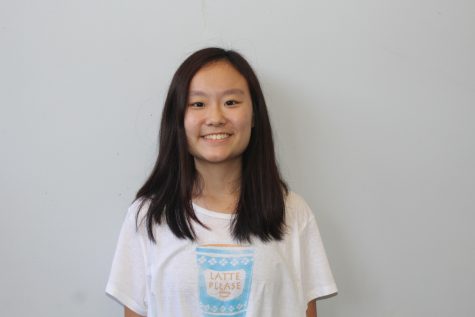
Hello! My name is Kristi Chu, and I am a senior at Cam High. This is my second year on the Stinger staff, and I'm so happy to be the news editor this year!...

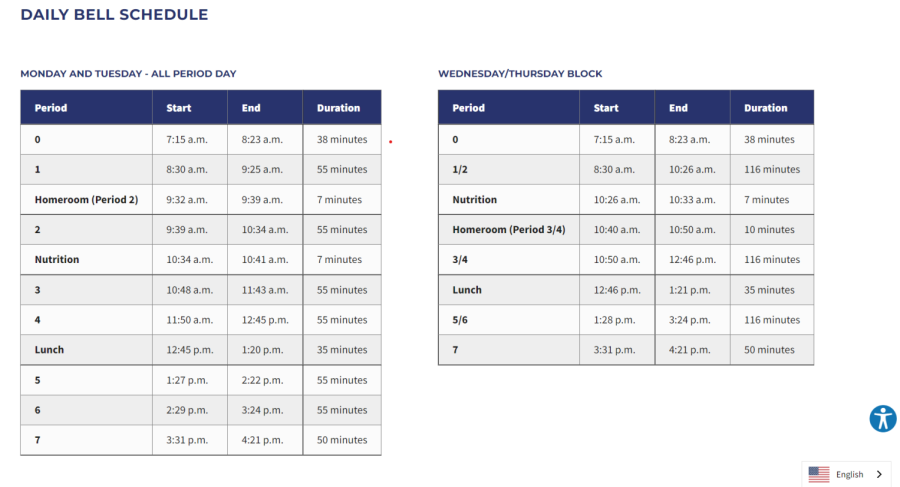
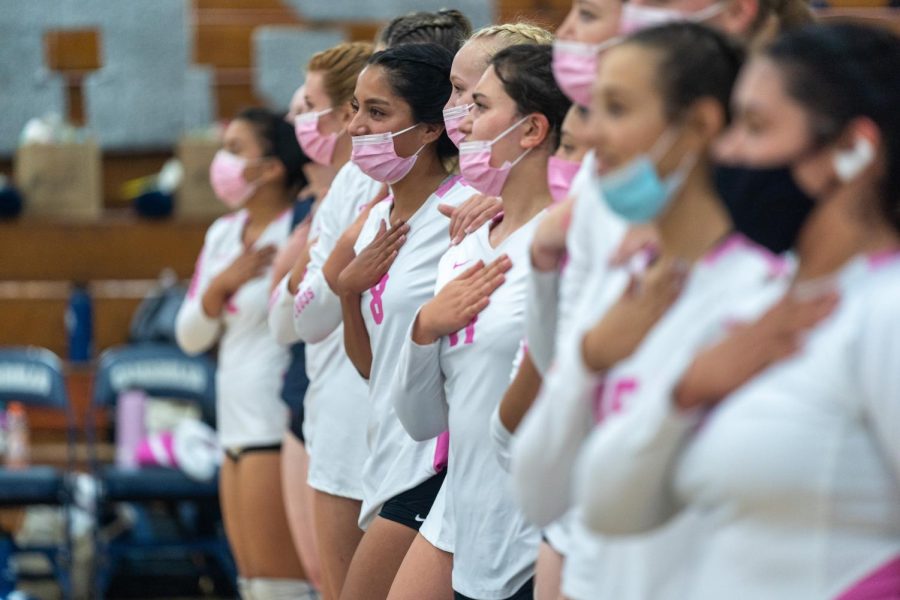
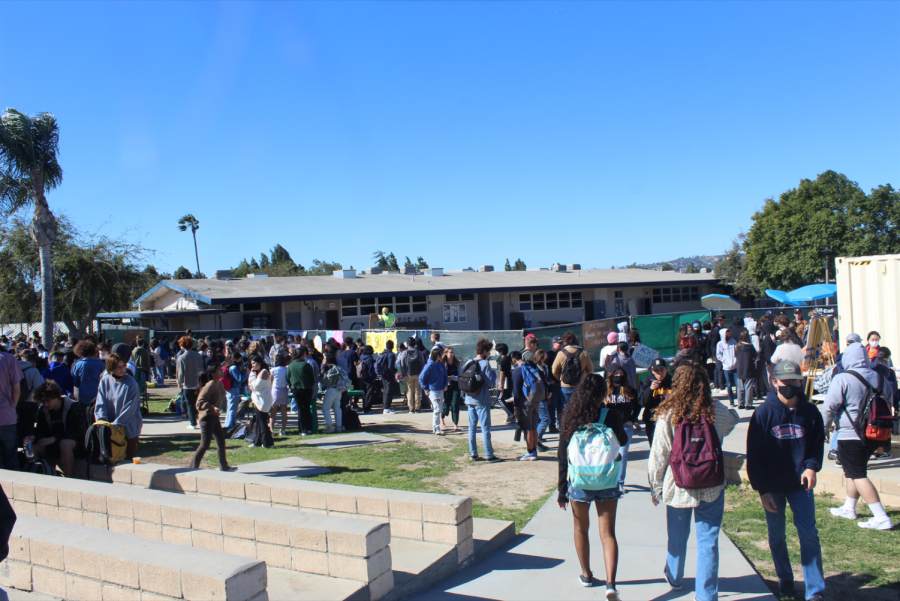





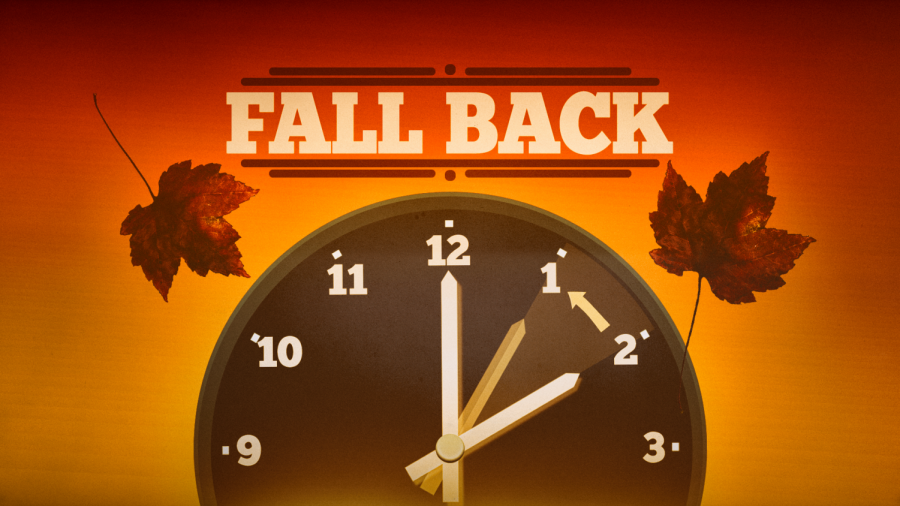

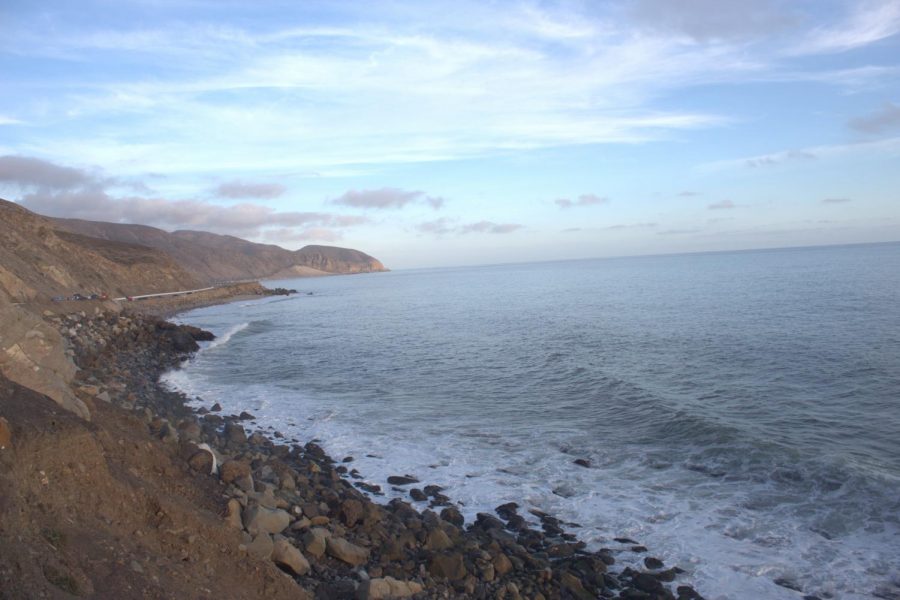







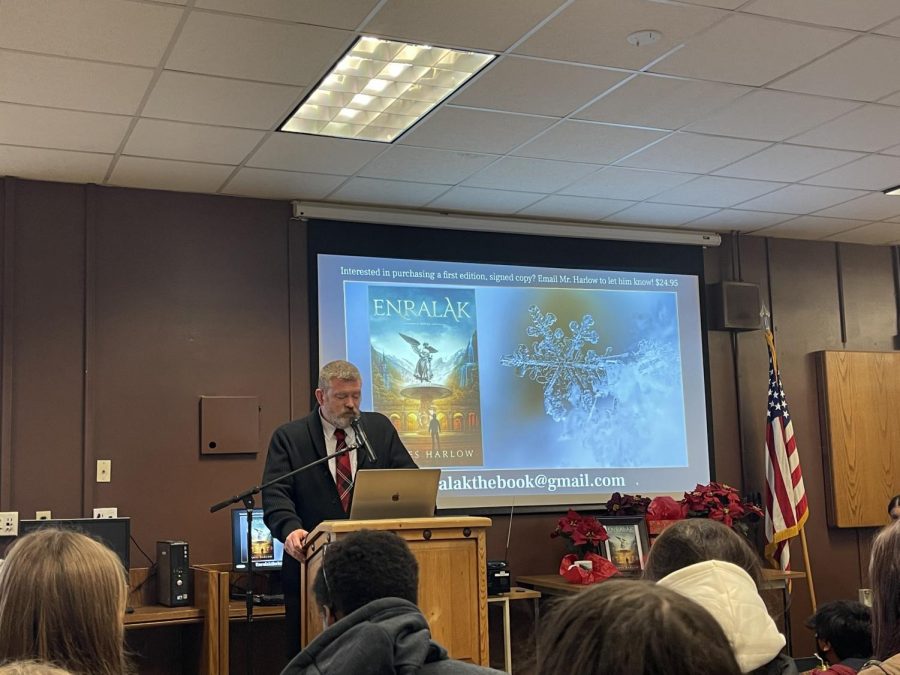
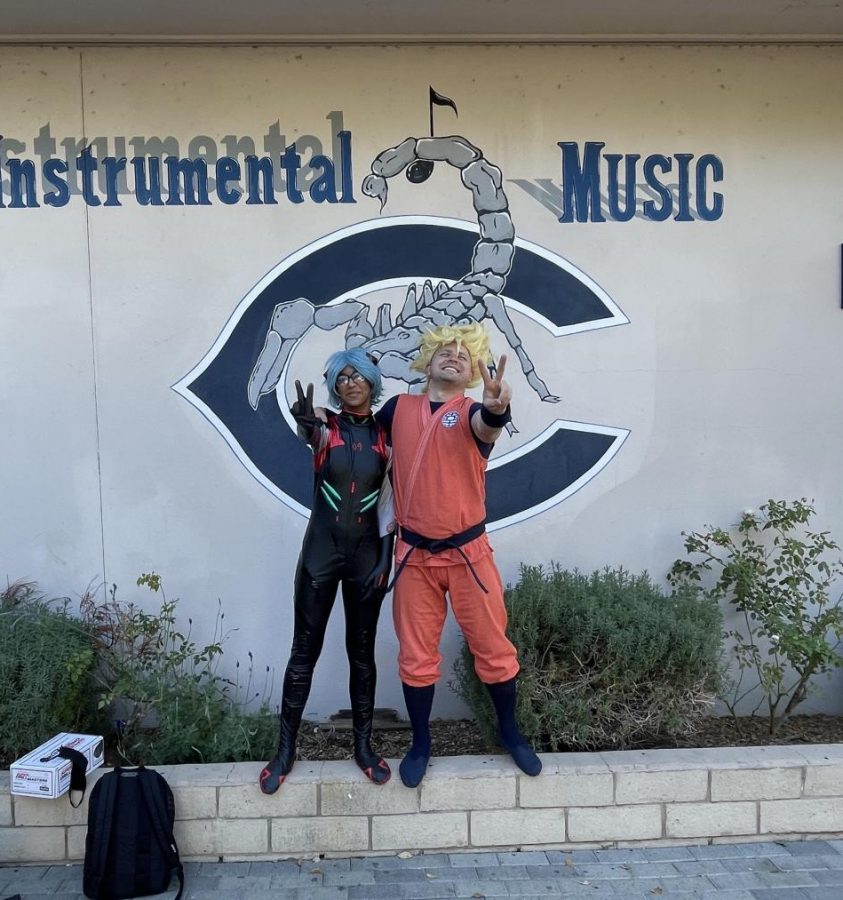

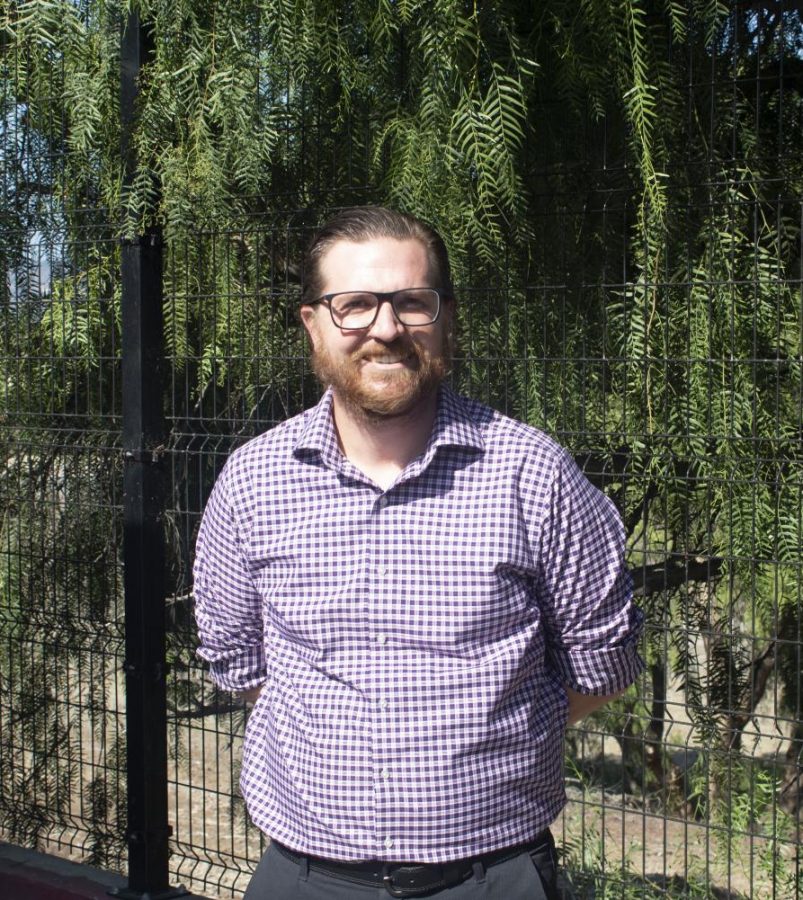

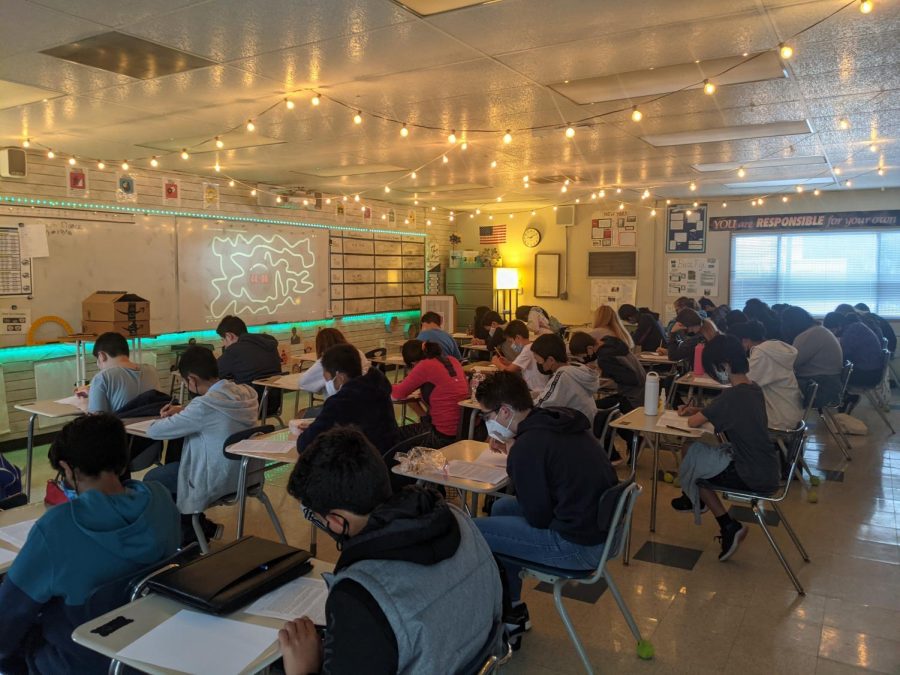








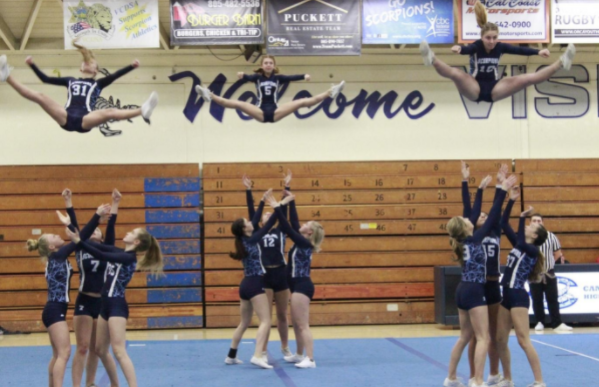


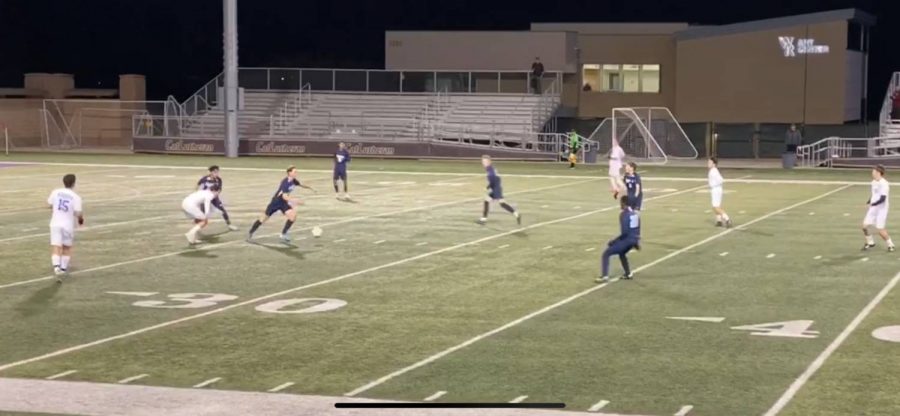

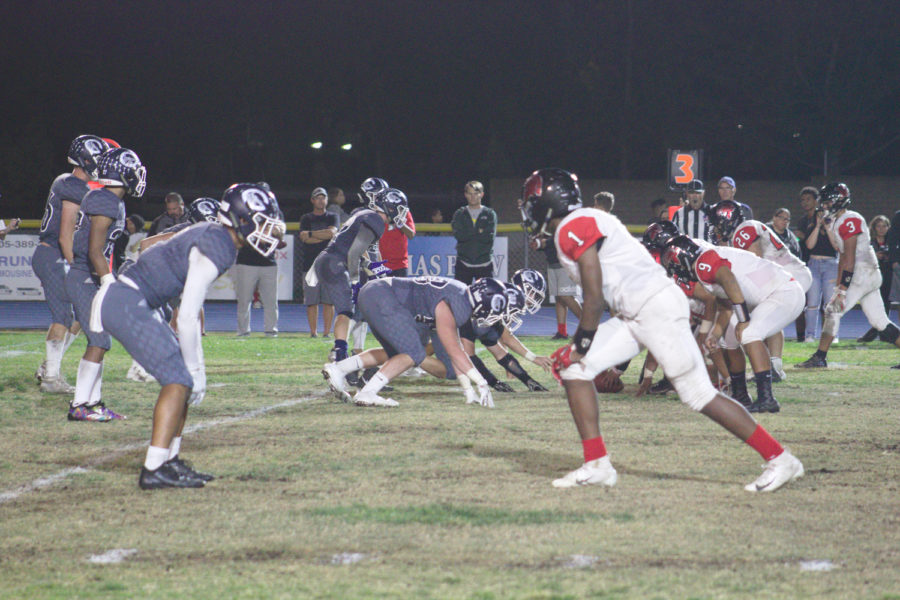





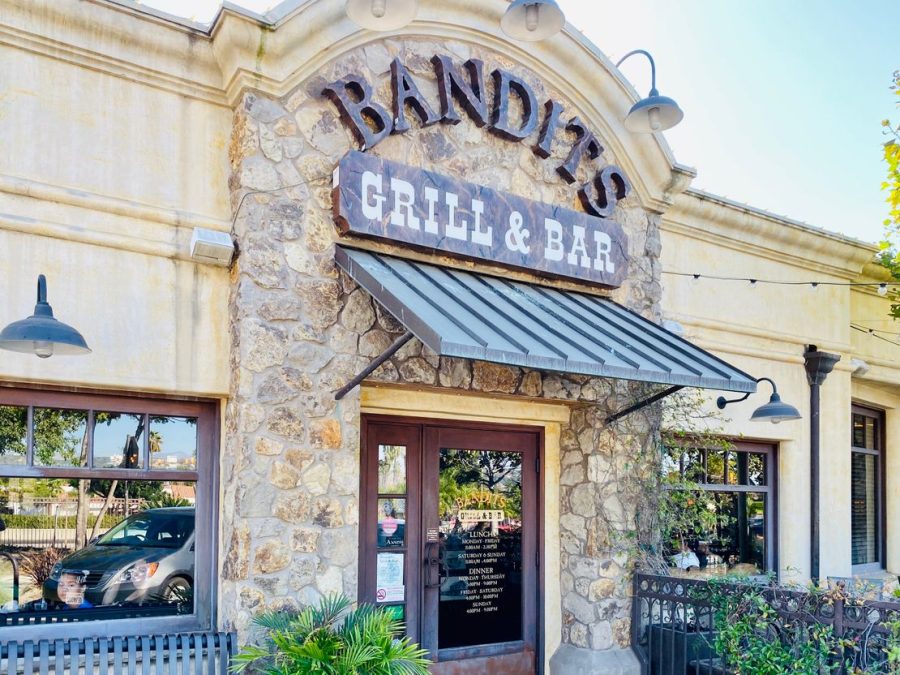

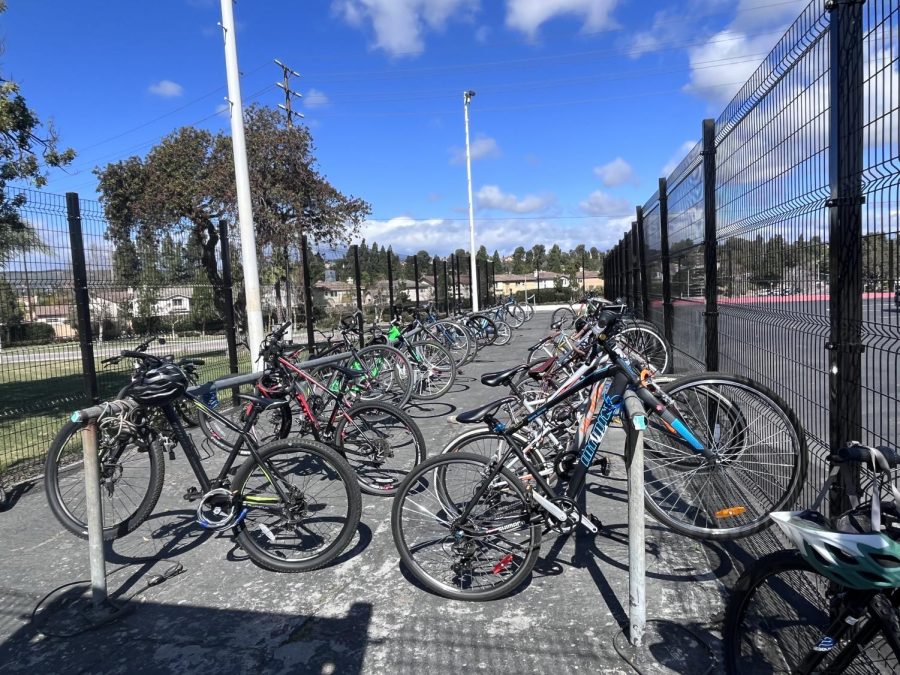
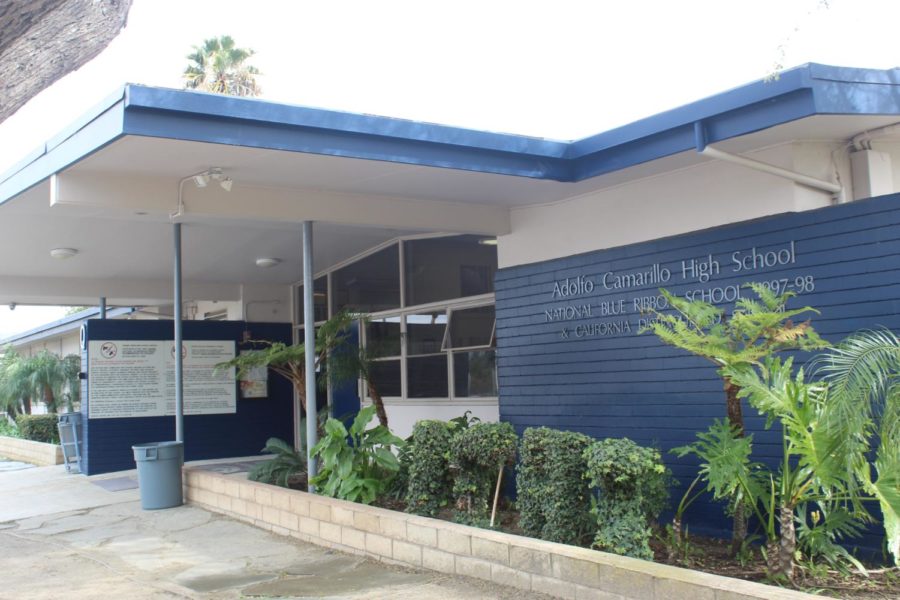

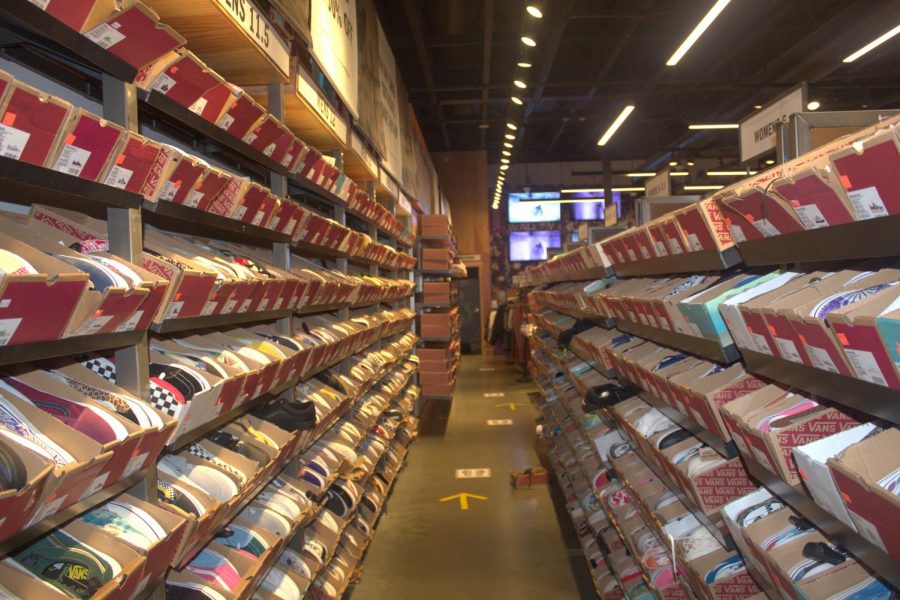
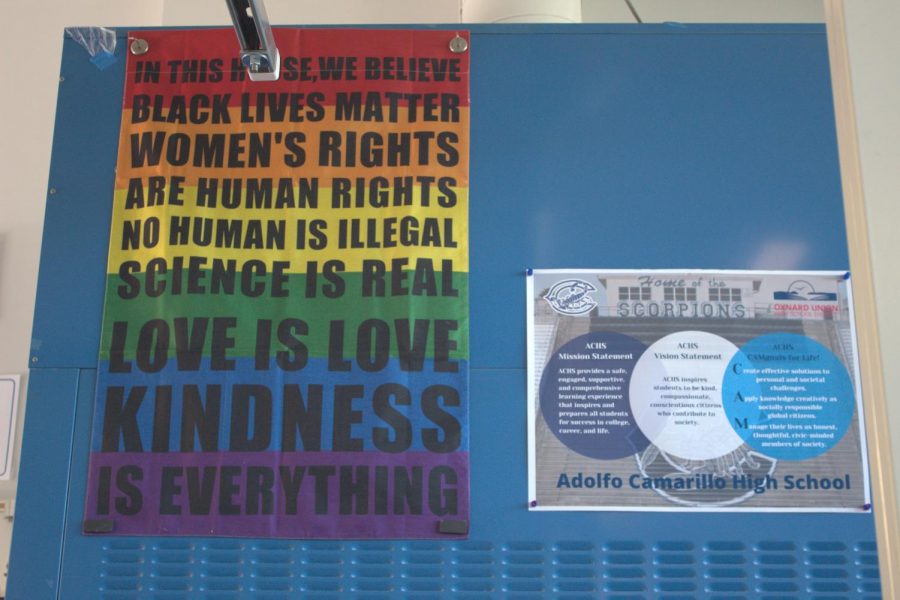
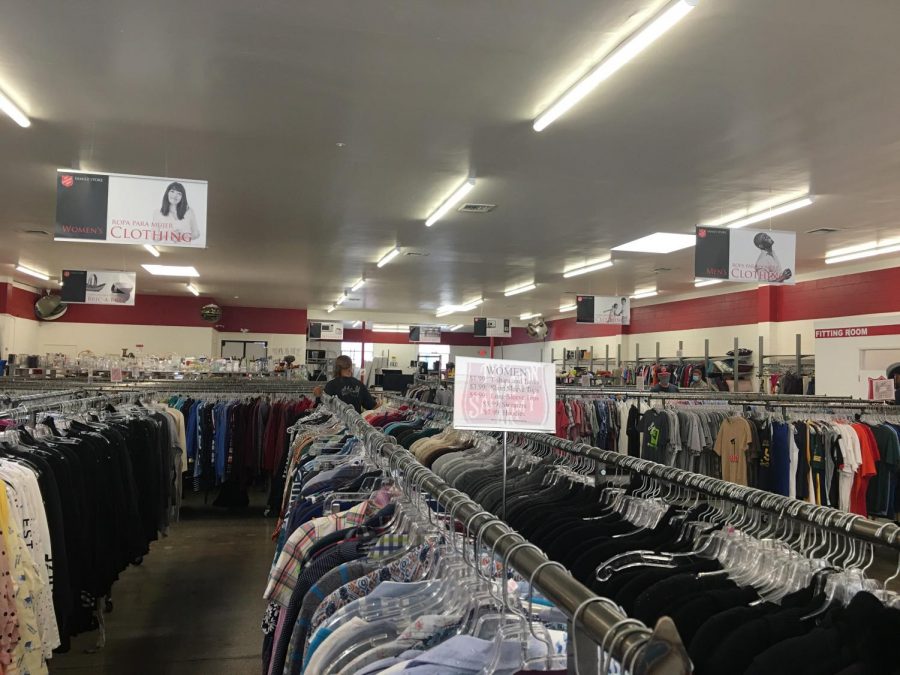

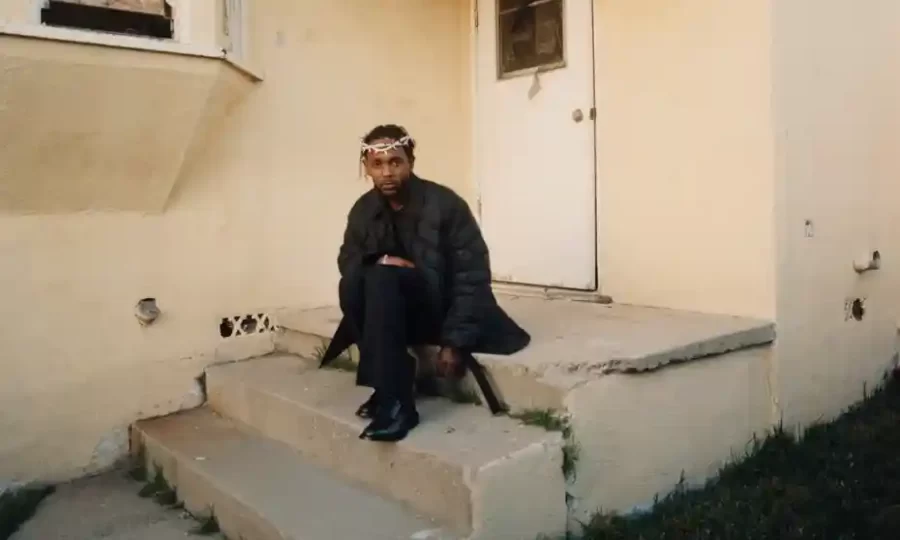








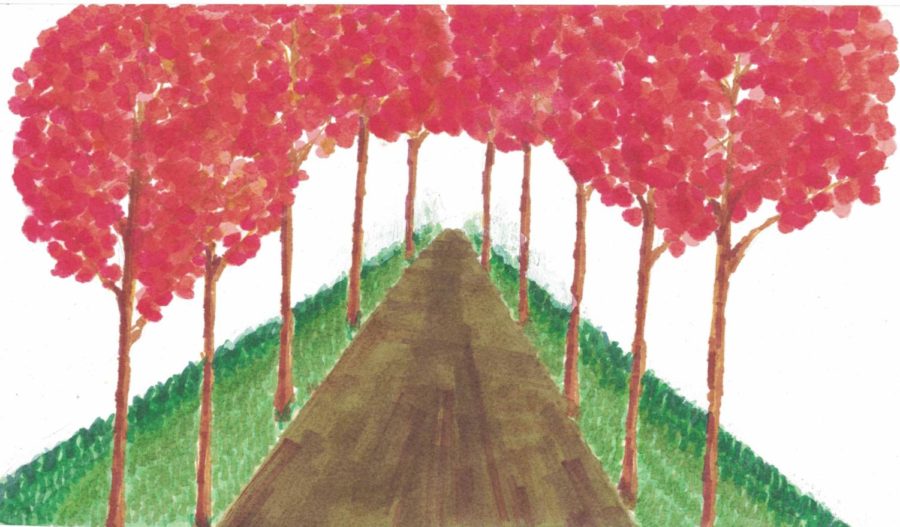
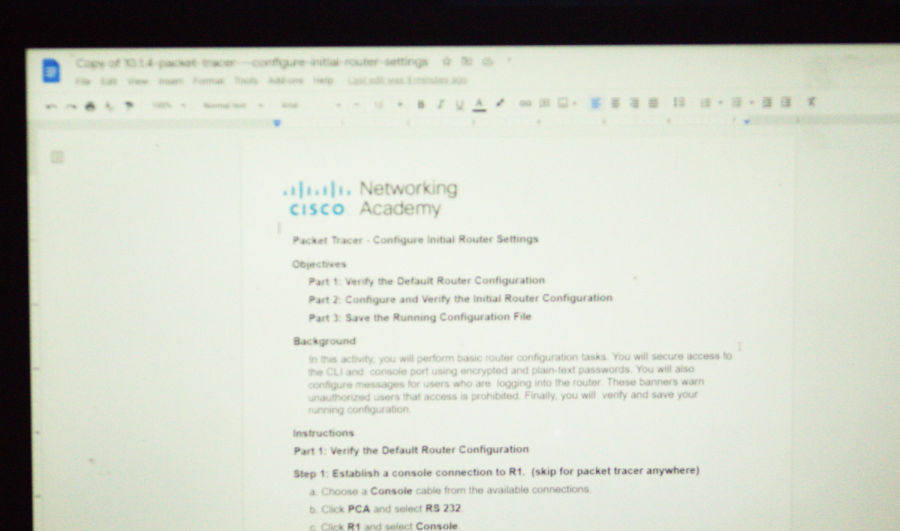


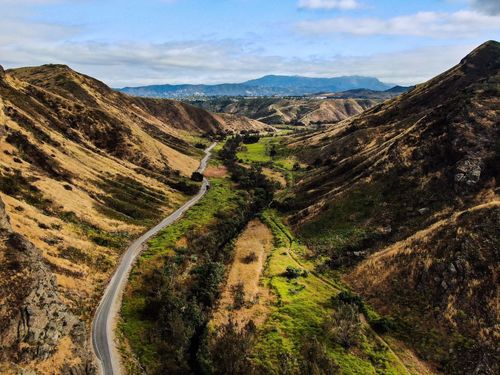
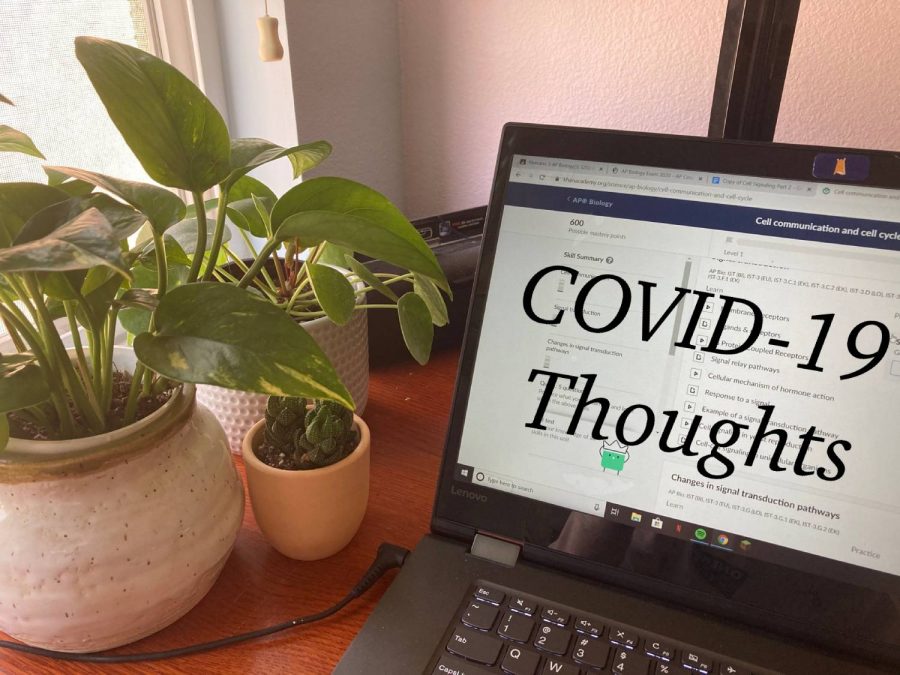

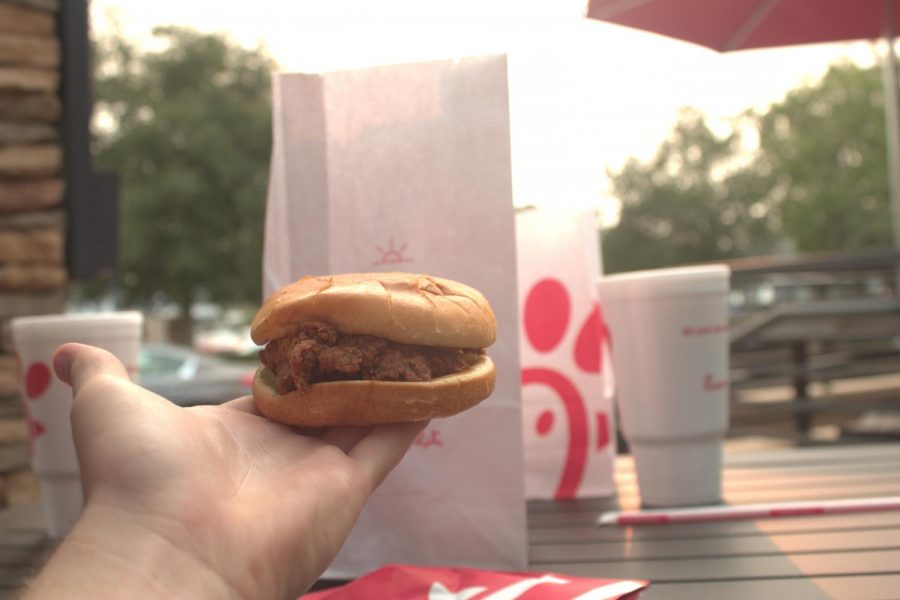
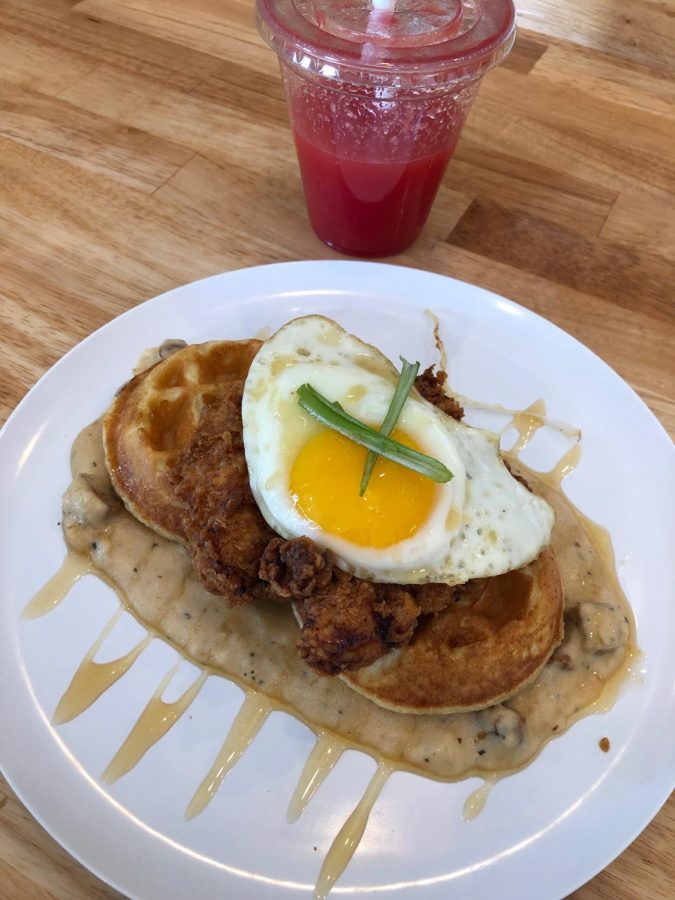


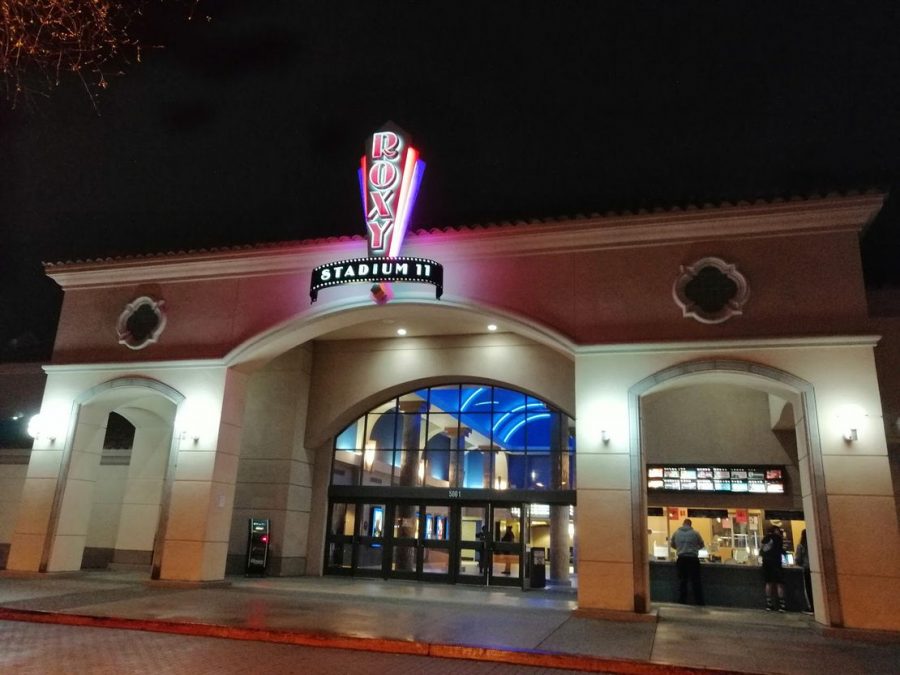
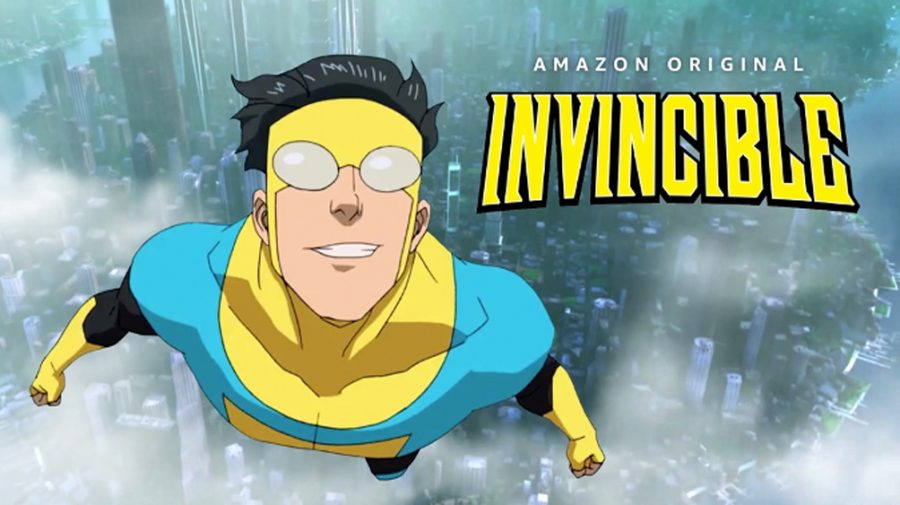
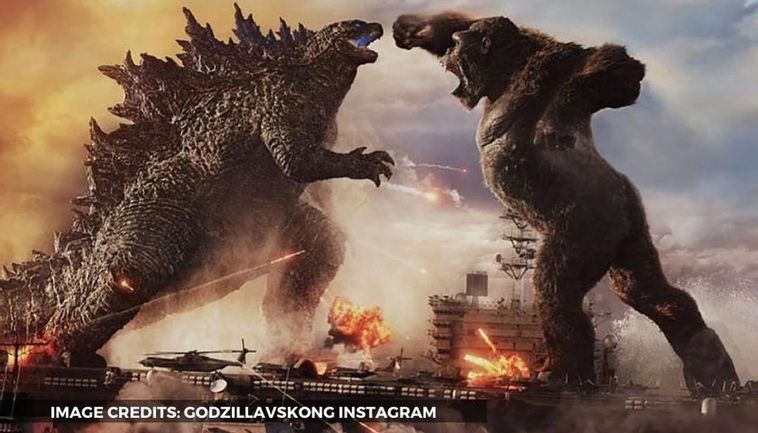





![Senior Ditch Day... Relaxation or Truancy? [Video]](https://achsstinger.com/wp-content/uploads/2017/10/IMG_7119-900x599.jpg)
![Heavy Rain Hits Cam High [video]](https://achsstinger.com/wp-content/uploads/2017/02/maxresdefault-900x506.jpg)
